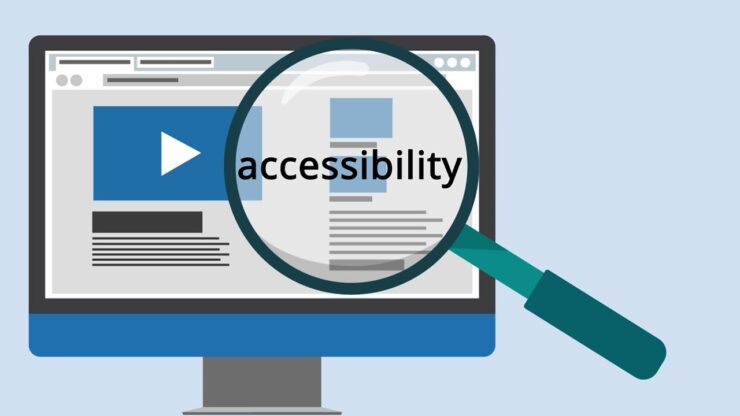Website accessibility is a necessity, making accessibility testing crucial at the early stages of the development lifecycle itself. For website owners, it is necessary to ensure website accessibility to avoid penalties for ADA noncompliance and make sure that your business websites serve all types of users, including people with disabilities. In this article, we will discuss some crucial steps in accessibility testing.
Accessibility testing essentials – AccessiBe
Make accessibility an early focus
- Accessibility needs to be the focus of your agile development process, which has to start from the early stage of the design. Application design plays a crucial role in testing. The design offers a meaning for what you want to achieve and how to develop the test cases. AccessiBe suggests that accessibility is more related to actual users than the theoretical concept.
- Designers who used to think about the user interface (UI part) and the standard on-page components. For example, they may consider a bottom with an Edit icon with a dialogue box that pops up while clicking on it. They may communicate with the developers what this button is supposed to do. Understanding this will help the developers deploy the intended functionality to that button. You can run automated testing to ensure that the button attribute functions appropriately.
Benefits of using tools for accessibility testing
- Along with having an early focus on accessibility, you may consider the use of an appropriate automation tool for testing the same. Manual testing may cause delays and difficulty integrating the testing process during the early stage of the development cycle. With the right tools, you can easily approach accessibility testing from an automated perspective than simply going with the manual view.
- It would help if you considered accessibility testing for generic testing libraries. They are usually available for various platforms, including Android, HTML, Windows, iOS, etc. This will give you a better picture of user acceptance. We may find that leveraging these generic libraries can identify about 50% of the accessibility issues. Another tool for accessibility testing is intelligent-guided testing which is interactive. Its capacity is embedded in the browser extension. For example, this will let the developers test any links and buttons. This will also ensure that all the accessible names associated with the links and buttons are accurate. All such information must be communicated with the developers, testers, and designers. This information can also be used to write test cases for automated testing.
In any case, accessibility testing can work at its best when it is incorporated into your testing strategies. You should not let it be just an afterthought. You may try to align this well with your overall test cycle and get it synced well with the results all in one place. AccessiBe also advises that any accessibility non-compliance is caught at the earliest when it is less expensive and less time-consuming to fix. What do you think of this? Why don’t you share your views with us?



